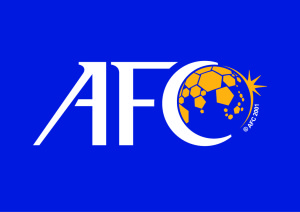By Andrew Warshaw
May 21 – The lifting of the ban on Muslim women footballers wearing the hijab has been welcomed by organisers of the 2016 under-17 Womens World Cup in Jordan, a tournament viewed as potential breakthrough it terms of breaking down social barriers.
Two years ago, The International FA Board, football’s lawmakers comprising FIFA and the four British associations, finally took the decision to drop the ban following a lengthy campaign by FIFA vice-president Prince Ali bin al-Hussein, head of the Jordanian FA.
A year earlier. Iran’s women were prevented from playing an Olympic qualifying match against Jordan because some refused to remove their headscarves before kickoff.
Next year’s under-17 event in Jordan is already being heralded as a pivotal moment in terms of empowering more women to play sports, and football in particular, both at home and throughout West Asia.
“Banning the hijab stopped so many women from playing,” said Samar Nassar, CEO of the 2016 event. “There are several barriers whether social, economic or political that limit the inclusion of girls and women and prevent them from reaching their true potential. There is too much under-representation of women in sports in West Asia.
“That’s why the under-17 World Cup comes at such an opportune time. There is enormous potential to tap into and create a real difference in the fabric of society. What is even more exciting than the tournament itself is the legacy we’ll leave behind in terms of women’s football.”
Nassar, a speaker at the recent Asia Soccerex Forum by the Dead Sea, accepted, however, that there were still a large number of Asian countries who ban women from playing football at all, hijab or no hijib, as well as outlawing them from attending men’s matches. “You can’t change cultures overnight,” she said of such draconian laws. “Certainly it’s a problem but it’s a long process.”
Contact the writer of this story at moc.l1745055186labto1745055186ofdlr1745055186owedi1745055186sni@w1745055186ahsra1745055186w.wer1745055186dna1745055186


